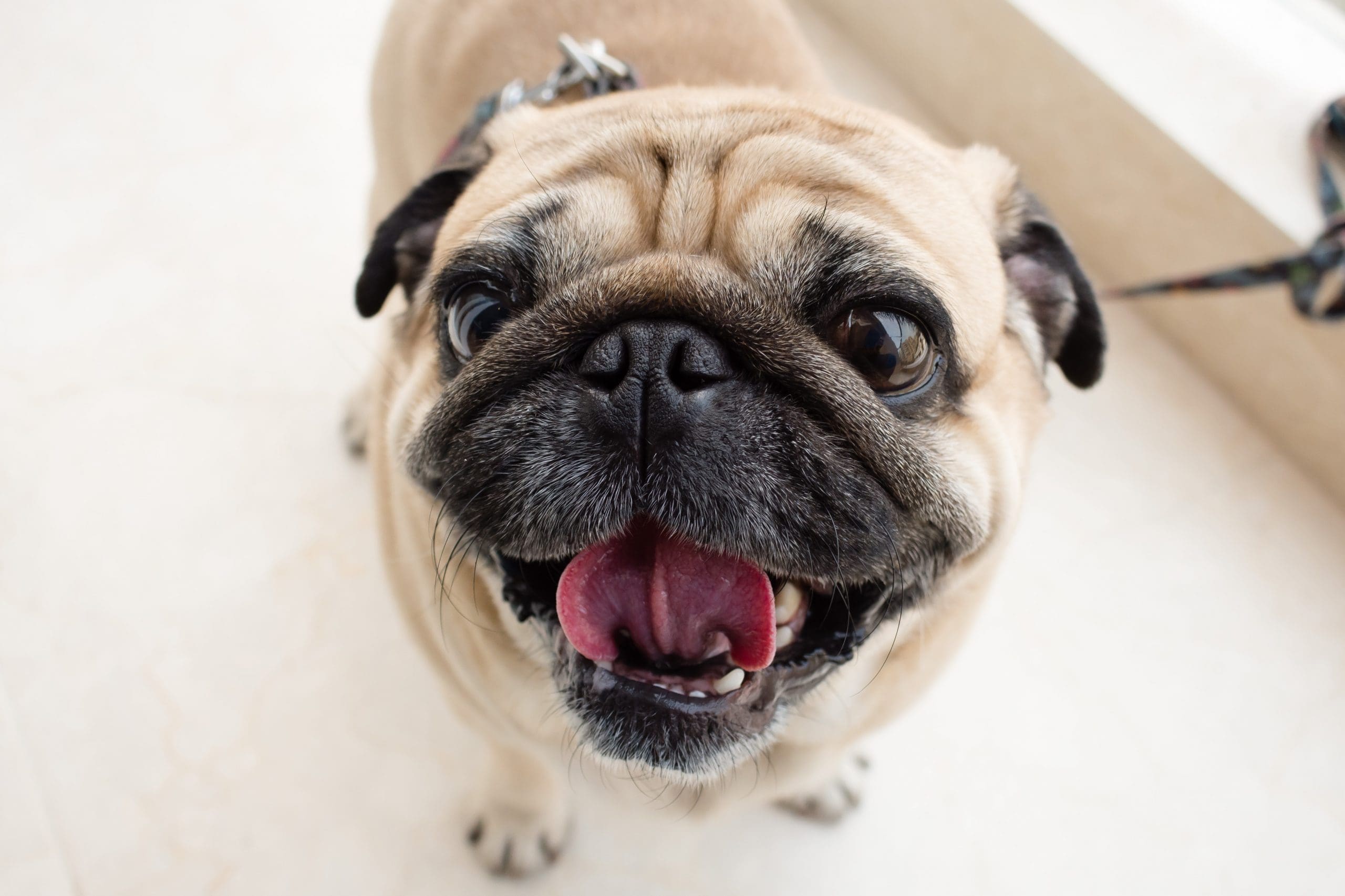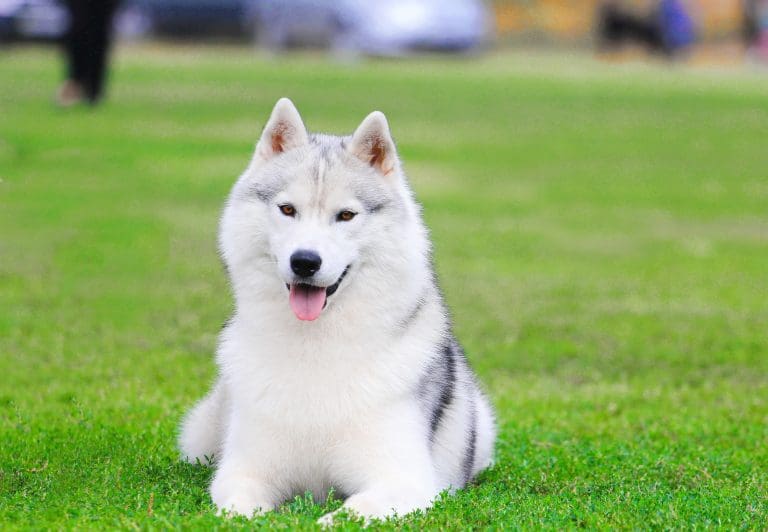How Often Do Dogs Need To Pee?
Post Date:
December 10, 2024
(Date Last Modified: November 13, 2025)
Dogs need regular opportunities to urinate, and how often they go depends on their body, age, and daily routine.
Typical urination frequency
Healthy adult dogs commonly urinate about 3 to 5 times in a 24-hour period, with most of those trips clustered during daytime activity periods rather than overnight.[1]
Day versus night patterns are generally different: during waking hours dogs will ask to go out several times, while during a continuous nighttime sleep interval of roughly 8 to 10 hours many adult dogs will void once or not at all depending on water intake and training status.[1] Puppies typically require far more frequent access to a toilet area, often needing to urinate every 1 to 2 hours when very young and gradually extending intervals as they mature and learn bladder control.[1]
Size and bladder capacity produce rough interval ranges: many large-breed adults can comfortably hold urine for 6 to 8 hours during the day, whereas small-breed adults often need relief sooner and may average one additional trip per day compared with larger dogs under similar conditions.[1] These numbers are typical expectations rather than strict limits; some dogs of any size will ask more often after drinking, after exercise, or when excited, and others will routinely skip an expected daytime void without immediate concern if they return to their usual pattern the next day.[1]
What counts as normal variability includes predictable increases in frequency for puppies, temporary changes with diet or activity, and occasional nighttime needs for younger dogs or dogs with medical conditions; consistent increases in frequency, straining to urinate, blood in the urine, or sudden inability to hold urine are outside typical variability and merit evaluation.[1]
Bladder physiology and urine production
The urinary system limits how much and how often a dog can urinate through a combination of bladder capacity, detrusor muscle tone, and neural control of retention and voiding; bladder capacity scales roughly with body size and can be estimated clinically, with adult dogs often having capacities in the range of tens to a few hundred milliliters depending on breed and size.[1]
Kidney filtration establishes the raw amount of urine produced: glomerular filtration and tubular processing determine urine volume and concentration under hormonal control from antidiuretic hormone and the renin–angiotensin–aldosterone system, which together adjust water excretion in response to hydration status and blood pressure.[1] Changes in ambient temperature, exercise, and fluid intake alter urine volume by modifying drinking and insensible losses; for example, increased panting and activity may reduce urine output by increasing water loss through respiration and sweat-like mechanisms in the paws and skin.[1]
Age and life-stage differences
Puppies have immature neuromuscular control and small bladders, often needing to void every hour or two when very young, with holding intervals lengthening predictably as training and bladder capacity develop over weeks to months.[1]
Adult dogs typically establish routine daytime intervals and can usually be trained to hold urine for several hours depending on size and health; many healthy adults can wait 6 to 8 hours in a controlled environment, though daily schedules that allow shorter intervals reduce stress and accidents.[1]
Seniors commonly show reduced concentrating ability, weaker sphincter control, or medical conditions that increase frequency or cause accidents; age-related changes in the urinary tract and kidneys make a sudden or progressive increase in daytime or nighttime urination a reason for veterinary assessment.[1]
Breed, body size and individual variation
Small-breed dogs have proportionally smaller bladder volumes and often urinate more frequently than large breeds under similar conditions, while large breeds typically hold longer between opportunities to void due to greater absolute bladder capacity.[1]
Some breeds are predisposed to urinary tract problems—such as stone formation or congenital anomalies—that can change frequency and require breed-specific monitoring and management; if a dog of a predisposed breed develops new urinary signs, early diagnostic testing is advised.[1]
Individual factors including metabolic rate, temperament (anxious dogs may drink and urinate more), activity level, and learned behaviors create wide normal variation between dogs of the same size and age, so owners should learn their dog’s baseline pattern rather than relying solely on population averages.[1]
Diet, hydration and environmental factors
Moisture content of the diet strongly influences drinking and urine volume: dogs fed primarily canned or fresh food generally drink less and urinate less than dogs on dry kibble because canned diets contain 60–80% water compared with much lower percentages in dry food.[1]
Salt and protein content of the diet can increase water intake and urinary output, and treats or table foods that are salty will cause temporary increases in frequency; conversely, restricted-water protocols used for certain medical conditions will reduce urine volume under veterinary supervision.[1]
Environmental factors matter: dogs confined for long periods, kept in unfamiliar places, or experiencing stress from travel or boarding often change drinking patterns and may urinate more frequently or have accidents until routine is restored.[1]
Medical causes of frequent or infrequent urination
Frequent urination can indicate urinary tract infection, diabetes mellitus, kidney disease, hyperadrenocorticism (Cushing’s), or bladder stones; these conditions typically present with increased frequency, volume, or accidents and warrant diagnostic testing.[1]
Medications such as diuretics and corticosteroids increase urine production and may change frequency, while some endocrine disorders produce polyuria through osmotic diuresis or altered renal handling of water and electrolytes.[1]
Typical diagnostic tests include urinalysis (dipstick and sediment), urine culture when infection is suspected, blood biochemistry profiles to assess kidney and endocrine function, and imaging such as abdominal radiographs or ultrasound to look for structural causes like stones or tumors.[1]
Behavioral reasons and marking vs full voiding
Urine marking is usually a small-volume posture-associated behavior used to communicate with other animals and is distinct from full voiding in volume and context; marking episodes often consist of multiple small spots rather than a single large elimination and can increase in multi-dog households or with outdoor stimuli.[1]
Excitement and submissive urination are behavioral and neuromuscular responses where a dog voids small amounts in high-arousal situations; these are more common in puppies and anxious individuals and are managed primarily through behavior modification rather than medical treatment when no physiological cause exists.[1]
Separation anxiety and schedule disruption can produce accidents when a dog cannot follow its learned routine; consistent schedules, gradual desensitization, and, when recommended by a veterinarian or behaviorist, targeted interventions help reduce these events.[1]
Practical schedules and owner routines
Practical potty routines should align with a dog’s life stage: very young puppies often require outings every 1 to 2 hours, adult dogs commonly do well with 3 to 6 daytime opportunities depending on activity and feeding, and seniors may need more frequent overnight access if they have incontinence or polyuria.[1]
Crate training and scheduled walks help condition dogs to wait between opportunities; overnight, many adult dogs can sleep 6 to 8 hours without urinating, but dogs with medical issues or very young puppies should not be expected to hold that long.[1]
When work or travel creates longer absences, planning for a mid-day break, pet-sitter, dog walker, or doggy daycare reduces stress and the risk of accidents; portable potty options and training to use a specific indoor spot can be useful short-term strategies for unavoidable schedule gaps.[1]
| Life stage | Typical daytime interval | Typical overnight | Notes |
|---|---|---|---|
| Puppy (0–4 mo) | Every 1–2 hours | Needs nighttime access | Rapid training progress expected |
| Juvenile (4–12 mo) | Every 2–4 hours | May hold 4–6 hours | Capacity increases with age |
| Adult (1–7 yr) | Every 4–8 hours | Often 6–8 hours | Depends on size and health |
| Senior (7+ yr) | Every 3–6 hours | May need nighttime trips | Monitor for medical causes |
Monitoring changes and when to seek veterinary care
Owners should log frequency, estimated volume (small spot versus full void), color, odor, and any straining or signs of pain; keeping a 48- to 72-hour record of changes provides useful trend information for veterinary evaluation when abnormalities are suspected.[1]
Red flags that justify prompt veterinary attention include visible blood in the urine, straining or vocalizing when trying to urinate, sudden and dramatic increases or decreases in frequency, inability to pass urine, fever, or systemic signs such as increased thirst and weight loss suggestive of endocrine disease.[1]
When visiting a veterinarian for urinary concerns, bring the log, recent diet and medication history, any urine samples collected in a clean container, and notes on changes in drinking, appetite, and activity; these details guide initial diagnostics like urinalysis, culture, and blood testing to identify infection, metabolic, or structural causes.[1]
Sources
- merckvetmanual.com — veterinary reference and clinical guidance.






